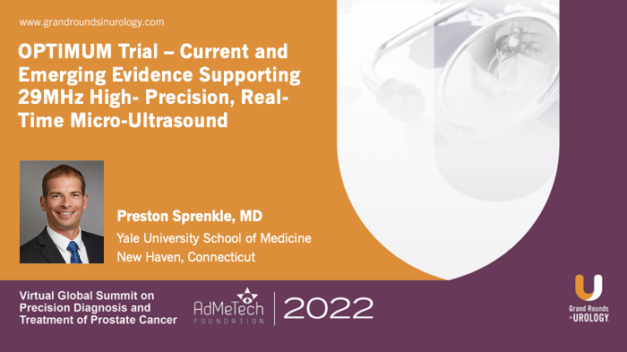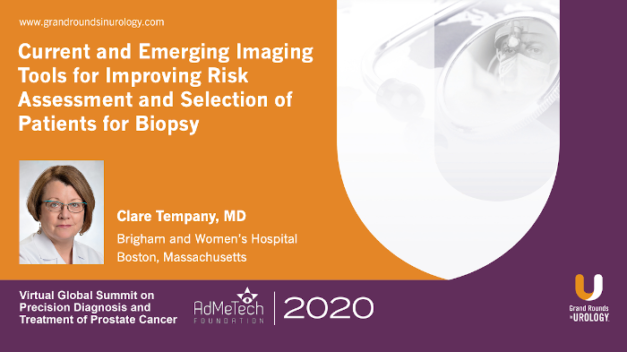Deep Learning Accelerated MRI of the Prostate for Increased Throughput and MRI-targeted Biopsy for Improved Prostate Tissue Sampling – Sponsored by Siemens Healthineers
Mukesh Harisinghani, MD, discusses how deep learning can accelerate MRI for prostate cancer detection without compromising scan quality.
Read More



